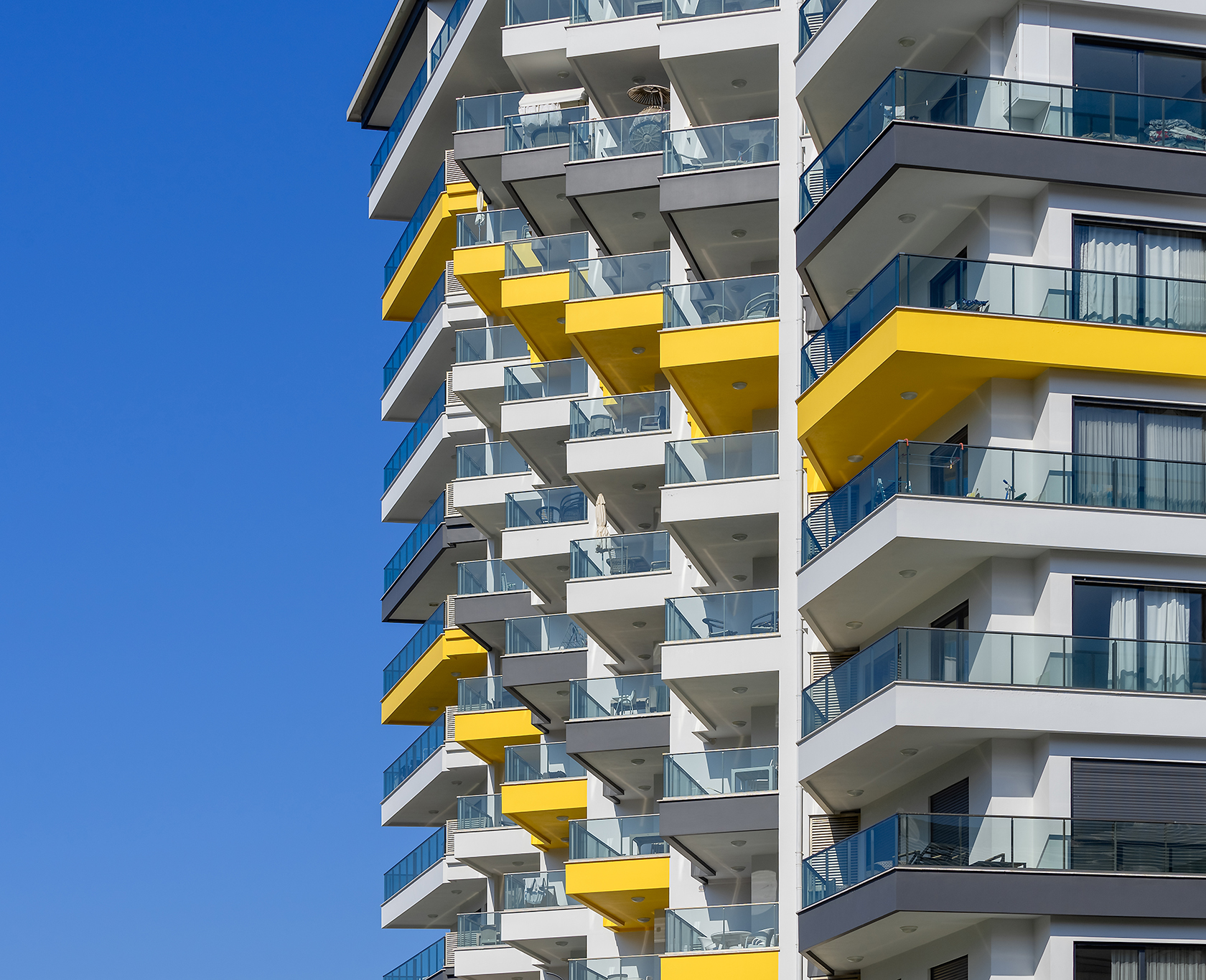Leading Myths About HOA Condo Life Debunked
Leading Myths About HOA Condo Life Debunked
Blog Article
The Duty of an HOA in Establishing and Enforcing Area Guidelines for Homeowners
The function of a Homeowners Association (HOA) in imposing and establishing area standards is essential to preserving a organized and natural property atmosphere. By formulating clear rules that control facets such as property maintenance and neighborhood conduct, the HOA not only establishes criteria for citizens but also cultivates a feeling of belonging and accountability.
Understanding Home Owners Organizations
Homeowners associations (HOAs) offer as controling bodies for domestic communities, playing a vital function in maintaining building values and fostering a feeling of community. Typically created by designers, HOAs are composed of property owners within a designated location who choose a board to supervise the organization's activities. The key functions of an HOA consist of imposing area guidelines, managing typical locations, and organizing neighborhood events.
HOAs run under a set of controling files, consisting of agreements, restrictions, and problems (CC&R s), which outline the civil liberties and obligations of home owners. These guidelines aim to make certain that residential properties are preserved to a specific standard, therefore safeguarding the visual allure and overall value of the neighborhood. Furthermore, HOAs often collect fees from house owners to fund upkeep, landscaping, and other social work.
The existence of an HOA can dramatically influence the living experience within a neighborhood (hoa condo). While some locals appreciate the structured atmosphere and features supplied, others might locate particular laws limiting. Stabilizing the passions of all property owners is essential for an HOA to function efficiently, making sure that it serves its designated function of enhancing community living while respecting individual homeowner civil liberties
Creating Area Standards
To start, an HOA should conduct surveys or convene that allow residents to voice their tips and worries. This participatory procedure promotes a sense of ownership and enhances compliance. Next, the HOA board have to assess the responses to recognize typical styles and concerns that require formal inclusion in the standards.
It is additionally crucial to make certain that the standards are clear, concise, and quickly understood. Ambiguities can bring about misconceptions and disputes, undermining the function of the guidelines. In addition, the standards ought to be comprehensive, covering numerous elements of neighborhood living, consisting of building upkeep, noise degrees, and use common locations.
Enforcement of Policies
Effective enforcement of neighborhood policies is important for maintaining order and making sure that all locals stick to the established standards. An HOA should apply a structured strategy to impose these regulations, which commonly involves a combination of surveillance, communication, and charges for non-compliance.
First, regular assessments and area patrols can assist recognize violations, making sure that rules are constantly used across the community. This aggressive monitoring enables the HOA to resolve issues before they rise, website link fostering a sense of responsibility amongst residents.
Second, clear interaction is essential. Locals must be educated of the guidelines and the treatments for reporting offenses. An open line of interaction encourages locals to voice worries and look for explanation on standards, which can enhance compliance.

Finally, when infractions occur, the HOA must enforce effects as detailed in the regulating files. By effectively applying policies, an HOA can cultivate an unified living setting that shows the collective worths of its locals.
Advantages of HOA Rules
Numerous advantages occur from the implementation of HOA laws, which serve to enhance the top quality of life within a click here for info community. One key benefit is the maintenance of property values. By enforcing criteria for aesthetics and upkeep, HOAs guarantee that homes and typical read this locations remain appealing, promoting a desirable living setting that can result in raised residential property values gradually.
Additionally, HOA policies advertise consistency and uniformity within the area. This coherence in style and upkeep helps to produce a feeling of belonging among locals, adding to community pride and a favorable ambience. Moreover, developed guidelines help with dispute resolution amongst next-door neighbors by offering clear expectations and methods for actions, thus lessening disagreements.
An additional significant advantage is the arrangement of common amenities and services. Several HOAs manage community centers such as clubhouses, pools, and parks, which enhance recreational opportunities for locals. These facilities not only improve the quality of life but also urge social communication.
Inevitably, the guidelines established forth by an HOA cultivate a well-organized, harmonious area, ensuring that homeowners appreciate a high criterion of living while cultivating a helpful atmosphere for all property owners.
Common Challenges Encountered by HOAs
In the middle of the benefits that house owners associations (HOAs) can give, they likewise run into a range of obstacles that can impede their performance. Numerous home owners may not get involved in meetings or area activities, leading to a disconnect in between the HOA board and locals.
Conflicts can develop when homeowners feel that enforcement is inconsistent or biased, potentially leading to disputes within the area. In addition, HOAs often face monetary restrictions, which can restrict their capacity to keep usual locations or fund area tasks.
Additionally, navigating lawful complexities can be daunting for HOAs. Transforming demographics and developing community needs call for HOAs to adapt their standards, frequently fulfilling resistance from long-standing citizens that are accustomed to standard standards.
Conclusion

By formulating clear guidelines that control facets such as residential or commercial property maintenance and area conduct, the HOA not just sets requirements for citizens yet also promotes a feeling of belonging and liability.Homeowners organizations (HOAs) offer as governing bodies for domestic neighborhoods, playing a critical role in maintaining home values and fostering a sense of neighborhood. Numerous house owners might not get involved in conferences or neighborhood tasks, leading to a separate in between the HOA board and citizens. Transforming demographics and advancing area needs call for HOAs to adjust their standards, commonly fulfilling resistance from enduring citizens who are accustomed to conventional norms. Through the development of clear regulations and regular enforcement, HOAs advertise building upkeep, neighborhood pride, and trust amongst homeowners.
Report this page